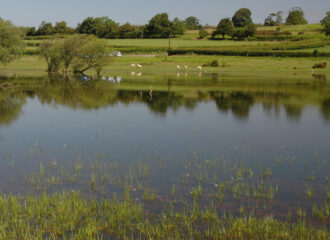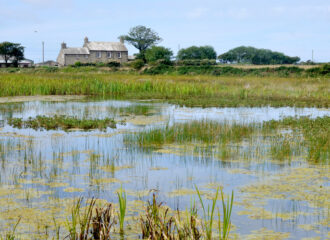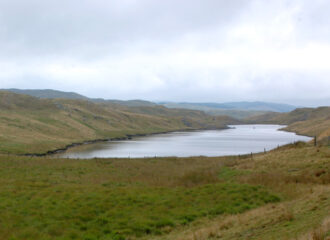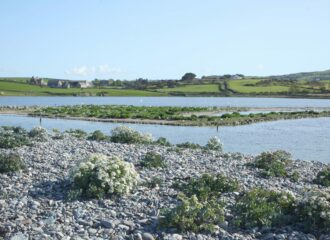Standing water exists in several forms, e.g., as small ephemeral ponds that dry up in the summer months or in times of drought, as small pools and ponds that often need management to persist, as larger permanent lakes or as coastal lagoons. These different types of standing water are outlined briefly in the sections below. An ongoing increase in recreational activities and the increased risk of algal blooms (as a consequence of increasing summer temperatures) are issues common to all lakes.
Standing waters

Ephemeral pools
Ephemeral pools are typically depressions which temporarily hold water on poorly drained soils. These pools require the appropriate contours to hold water long enough to balance losses to infiltration or evaporation and impervious soils. These are also easily drained, often accidentally, when drainage is “improved”. They vary greatly, both in size and the duration of…

Permanent pools and ponds
Permanent pools and ponds differ from lakes in that all of the water in a pool is in the photic zone, i.e., the water is shallow enough for sunlight to reach the pool bottom: lakes are deep and have areas too deep for sunlight to penetrate. Many smaller pools and ponds in Wales have been…

Lakes
Lakes, which have a larger surface e area and are deeper than pools and ponds, are well distributed in Wales and are classified for the purposes of nature conservation according to the trophic status of the water, i.e. whether it is oligotrophic, mesotrophic or eutrophic. Some key characters of these lakes are outlined in the…

Coastal lagoons
Lagoons are saline or brackish water bodies partially separated from the adjacent sea. Coastal lagoons are a rare habitat in Wales with the largest, and best known, found at Cemlyn Bay on Anglesey (see image). The coastal lagoon at Cemlyn Bay was originally a percolation lagoon that has also been sluiced. It is separated from…

